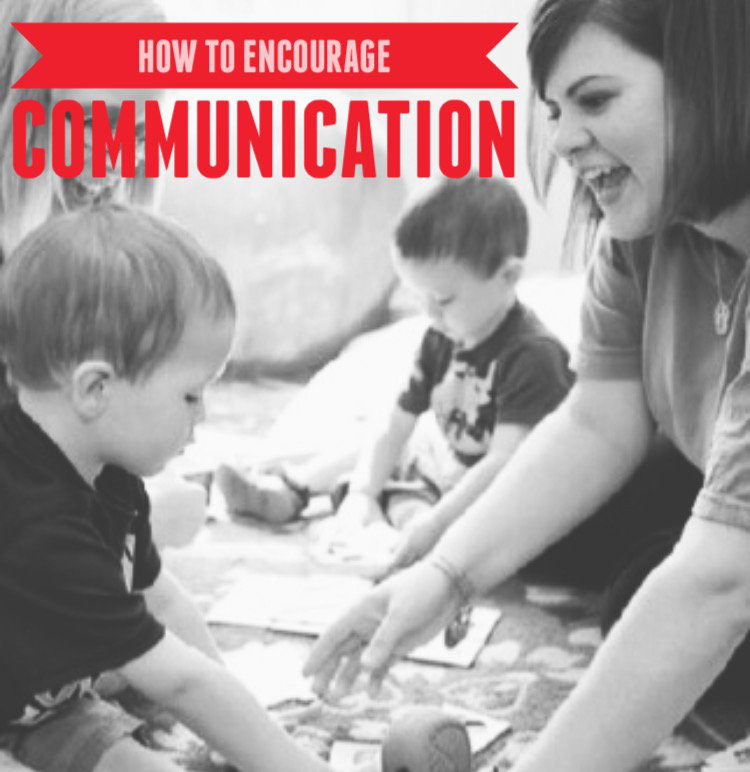I’ll let you in on a little secret…
As a Speech-Language Pathologist, much of my training is centered around the idea of “talking.” It’s essential to communication.
But over the years, I’ve learned that one of the single greatest tools that can help a child communicate is to not talk at all, but rather… to wait.
Contrary to popular belief, waiting is quite active and takes a great deal of intentionality; it is not simply a passive or flippant lack of activity. Wielded properly, waiting can be a powerful tool. Waiting provides space for a child to initiate, respond, comment and/or engage. Waiting can create an opportunity for a child to speak, to share, to shine!
If a child doesn’t speak as much as his/her siblings, mumbles when communicating, or perhaps doesn’t understand certain social cues, it can be easy to fill in the gaps of silence for them. In an effort to help, we often tend to fill this space with our own words, chatter, desires and niceties.
But what if “filling the gaps” is actually closing the door to opportunity? What if filling the silence is actually hindering communication? Rather than rushing in to “rescue” them from the silence, what if we simply embrace it… by waiting!
How to Wait Well:
-
Stop Talking. It sounds easy, but trust me, it takes practice and mindfulness. A good friend of mine calls it “The Power of the Pause.” As the parent or clinician, you introduce a statement or ask a question, and then… [pause]. Wait at least 5 (long) seconds before uttering another word. It will probably feel awkward, but that’s okay. Embrace the awkward! You may find their voice on the other side.
-
Lean In. When you aren’t speaking, body language matters even more! Leaning in to your child’s space will let him or her know that you are anticipating what they might say next. Bright eyes and a large smile can also go a long way in encouraging your child to fill the gap with sounds and words.
-
Repeat. If you’ve stopped talking, you’ve leaned in, and your child still does not utter a sound, then repeat the question/comment and repeat the cycle. This will provide you with an opportunity to “prompt” the child to speak without saying their words for them.
-
Celebrate. You’ve repeated the cycle and your child utters a sound or maybe even a word. Time for a celebration! Encourage your child’s voice in whatever way he or she used it. It may not sound crisp and clear, but your child has taken great steps in the right direction. If your child is requesting “juice” and only vocalized to produce “ja,” it calls for a celebration – give them the juice!
At first, it may seem counterintuitive, but sometimes silence can be the catalyst to greater communication. “Waiting well” could be the key to unlocking #AVoiceThatLastsForever!
For more therapy tips, Like us on Facebook or Follow us on Instagram today!
#illuminateSTARS #AVoiceThatLastsForever


Recent Comments